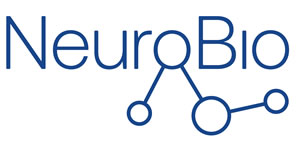Neuro Bio Assets
ASSETS OVERVIEW
1. Therapeutic for Alzheimer’s combatting T14
2. .Biomarker for pre-symptomatic AD based on T14 in saliva and nasal secretions
Neuro-Bio is developing a biomarker with diagnostic and prognostic potential using 2 different approaches: (a) detection of T14 in nasal secretions using a LFT wit aptamer technology (b) detection of T14 in saliva using Mass spectrometry.
The development of these approaches is based in 2 different partnerships based in the UK.
3. A first-in-class, non-transgenic animal model of AD
4. Combatting metastases by blocking T14
5. Skin aging and skin disorders
6. Alternative to Rapamycin
Use of NBP-14 as an alternative to rapamycin and avoiding its side effects. Rapamycin, an mTOR blocker, poses significant side effects, necessitating alternative treatments. We demonstrate that T30-induced AChE release is atenuated by mTOR complex blockade, with T30 selectively activating mTORC1. Silencing Raptor, essential for mTORC1 formaon, reduces T30-induced AChE release, while silencing Rictor, necessary for mTORC2 formation, does not. NBP14 selectively blocks mTORC1
